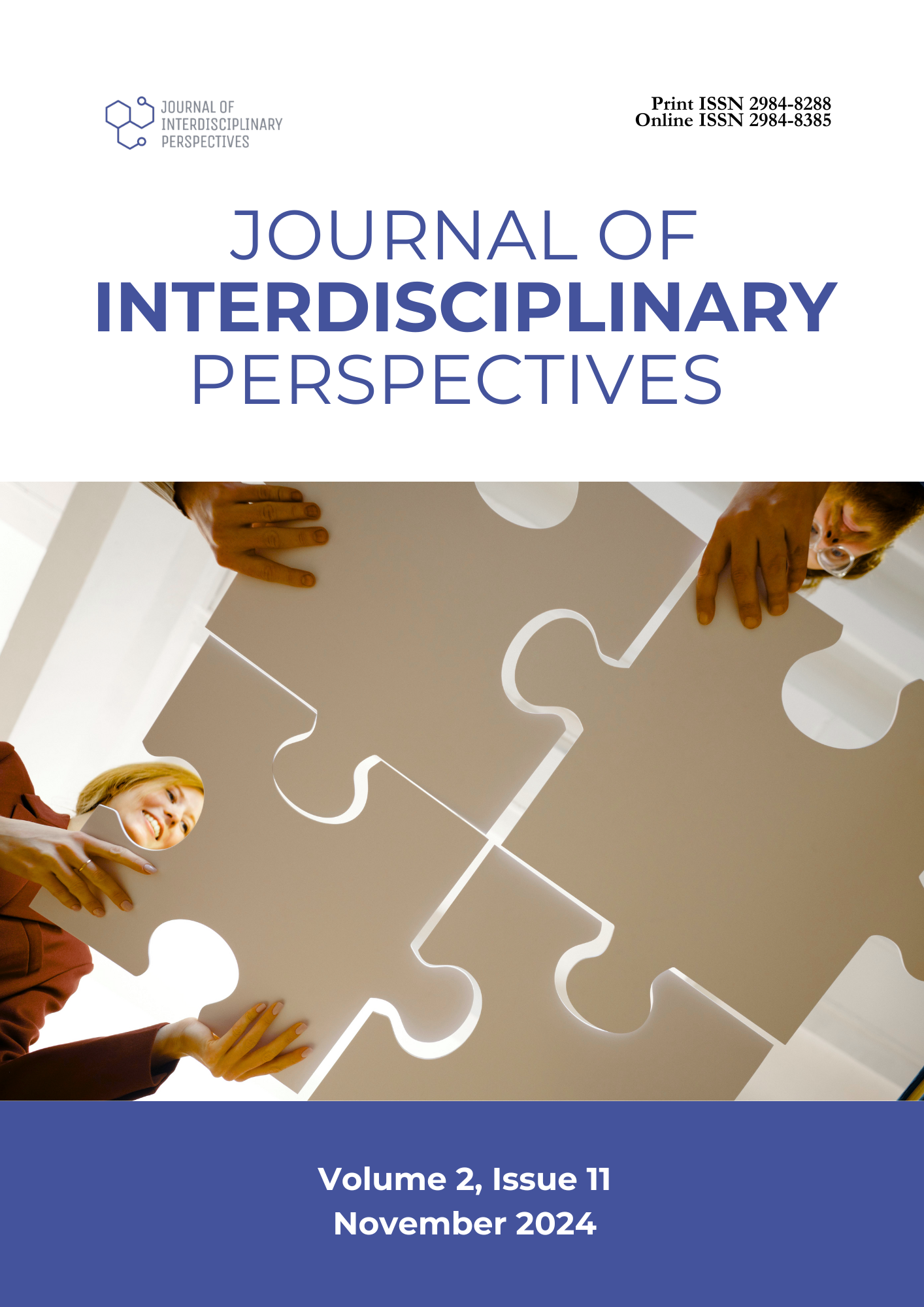Employability of Mathematics Majors from a State University’s Bachelor of Secondary Education Program
DOI:
https://doi.org/10.69569/jip.2024.0454Keywords:
Employment status, Tracer study, Mathematics major, State University, EmployabilityAbstract
This study traced the employability of Bachelor of Secondary Education, Major in Mathematics Graduates of a Philippine state university. One hundred respondents were surveyed using a questionnaire distributed via Google Forms, patterned after the Commission on Higher Education's (CHED) standardized form. The descriptive research design was employed to assess the employment status of the graduates. Among the respondents, 47% are currently employed in government, 34% in private organizations, and 42% are teachers. Additionally, 46% hold permanent positions with an average salary between 20,000 and 30,000 PHP. The study recommends enhancing students' skills in Mathematics, encouraging continuous education to improve their ranking, and seeking diverse job experiences to broaden career opportunities.
Downloads
References
Acheampong, G., Odoom, R., & Anning-Dorson, T. (2017). Antecedents of Social Media Usage and Performance Benefits in Small- and Medium-Sized Enterprises (SMEs). Journal of Enterprise Information Management, 30(3), 383-399. https://doi.org/10.1108/JEIM-04-2016-0088
Aquino, A., Punongbayan, E., Macalaguim, L., Bauyon, S., Rodrquez, R., & Quizon, G. (2015). College teacher education graduate tracer study from 2010 to 2014 in one state university in Batangas, Philippines. Asia Pacific Journal of Multidisciplinary Research, 3(5), 45-50. https://bit.ly/3XTcu0s
Balingbing, A.B. (2014). Tracer study of BS in information technology (BSIT) graduates of camarines sur polytechnic colleges, nabua, camarines sur from 2004 to 2010. Asia Pacific Journal of Multidisciplinary Research, 2(4), 26-30. https://bit.ly/3ZBUnh8
Barrick, M. R., Mount, M. K., & Li, N. (2013). The theory of purposeful work behavior: The role of personality, higher-order goals, and job characteristics. The Academy of Management Review, 38(1), 132–153. https://doi.org/10.5465/amr.2010.0479
Berry J. W. (2023). Ecology, Culture, and Behavior: Role in Societal Development. Journal of Cross-Cultural Psychology, 54(2), 215-231, https://doi.org/10.1177/00220221221105494
Choi, S. & Esteban, A. (2016). The Married Unemployment Gap. The B.E. Journal of Macroeconomics, 18(1), 2016-0060. https://doi.org/10.1515/bejm-2016-0060
Cooper, C., & Leiter, M. (2017). The Routledge Companion to Wellbeing at Work (1st ed.). Routledge.
Grossmann, V., Volker, A., & Osikomino, M.(20015). Are Sociocultural Factors Important for Studying a Science University Major? Oxford Economic Papers, 72 (2), 374-369 https://doi.org/10.2139/ssrn.2693020
Hackman, J. R. (1980). Work redesign and motivation. Professional Psychology, 11(3), 445–455. https://doi.org/10.1037/0735-7028.11.3.445
Herman, R. D., & Renz, D. O. (1999). Theses on Nonprofit Organizational Effectiveness. Nonprofit and Voluntary Sector Quarterly, 28(2), 107-126. https://doi.org/10.1177/0899764099282001
Kassenboehmer, S. C., & Sinning, M. G. (2014). Distributional Changes in the Gender Wage Gap. ILR Review, 67(2), 335-361. https://doi.org/10.1177/001979391406700203
Kim, E. (2017). Division of domestic labour and lowest-low fertility in South Korea. Demographic Research, 37(24), 743-768. https://doi.org/10.4054/DemRes.2017.37.24
Lester, S. & Mencl, J. (2014). More Alike Than Different: What Generations Value and How the Values Affect Employee Workplace Perceptions. Journal of Leadership & Organizational Studies, 21(3), 257-272. https://doi.org/10.1177/1548051814529825
Lowden, K., Hall, S., Elliot, D., & Lewin, J. (2011). Employers’ Perceptions of the Employability Skills of New Graduates. Retrieved from https://bit.ly/47HcGU6
Lysova, E. I., Allan, B. A., Dik, B. J., Duffy, R. D., & Steger, M. F. (2019). Fostering meaningful work in organizations: A multi-level review and integration. Journal of Vocational Behavior, 110(2), 374-389. https://doi.org/10.1016/j.jvb.2018.07.004
May, D. R., Gilson, R. L., & Harter, L. M. (2004). The psychological conditions of meaningfulness, safety and availability and the engagement of the human spirit at work. Journal of Occupational and Organizational Psychology, 77(1), 11–37. https://doi.org/10.1348/096317904322915892
Melink, M.,& Pavlin, S. (2012). Employability of Graduates and Higher Education Management Systems (pp.88-272). University of Ljubljana, Faculty of Social Sciences
Menez, N. (2014). Tracer Study of the Masters in Business Administration (MBA) Graduates from 2008-2012. Asia Pacific Journal of Education, Arts and Sciences, 1(1), 14-18. https://ejournals.ph/article.php?id=5666
Paul, K. I., & Moser, K. (2009). Unemployment impairs mental health: Meta-analyses. Journal of Vocational Behavior, 74(3), 264–282. https://doi.org/10.1016/j.jvb.2009.01.001
Rosso, B., Wrzesniewski, A., & Dekas, K. (2010). On the Meaning of Work: A theoretical Integration and Review. Research in Organization Behavior, 30(5), 91-127. https://doi.org/10.1016/j.riob.1010.09.001
Shafritz, J., Russell, E., & Borick, C. (2011) Introducing Public Administration, 10th ed. New York: Pearson Education, Inc.
Steger, M., Dik, B., & Duffy, R. (2012). Measuring Meaningful Work as Meaning Inventory (WAMI). Journal of Career Assessment, 20(3), 322-337. https://doi.org/10.1177/1069072711436160
Warr, P. (2008). Work values: Some demographic and cultural correlates. Journal of Occupational and Organizational Psychology, 81(4), 751–775. https://doi.org/10.1348/096317907X263638
Ziersch, A., Baum, F., Woodman, R., Newman, L., & Jolley, G. (2014). A longitudinal study of the mental health impacts of job loss: the role of socioeconomic, socio-demographic, and social capital factors. Journal of Occupational and Environmental Medicine. 56(7), 714-720. https://doi.org/10.1097/JOM.0000000000000193.8
Downloads
Published
How to Cite
Issue
Section
License
Copyright (c) 2025 Journal of Interdisciplinary Perspectives

This work is licensed under a Creative Commons Attribution-NonCommercial 4.0 International License.









